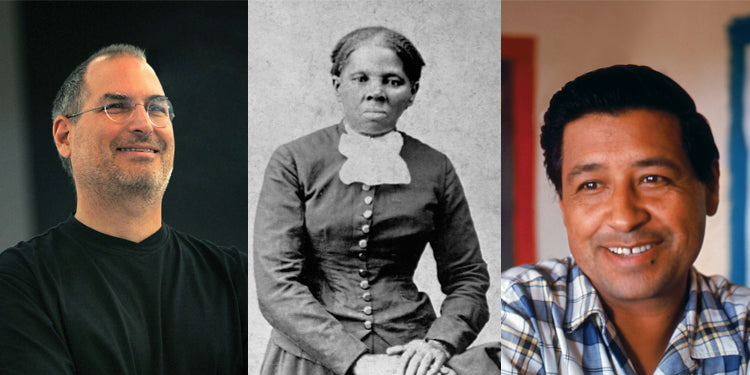 This is a guest post by Richard Giso, an occasional contributor to our blog.
Click here
to see his earlier posts, and check back here on our Classroom Literacy blog frequently to see if he's got a new post up! You could also check out his blog, called
Mr. Giso's Room to Read
, in which he writes about fun classroom activities, behavior management, and classroom management.
This is a guest post by Richard Giso, an occasional contributor to our blog.
Click here
to see his earlier posts, and check back here on our Classroom Literacy blog frequently to see if he's got a new post up! You could also check out his blog, called
Mr. Giso's Room to Read
, in which he writes about fun classroom activities, behavior management, and classroom management.
Hello all. I’m Rich from Mr. Giso's Room to Read , and this is my second guest blog post specifically featuring a favorite genre of mine—the biography. This year in particular, I find that my second graders are overly enthusiastic about learning all they can about past presidents, explorers, athletes, heroes from all around the world, inventors, scientists and famous Americans. The Hameray Biography Series has been a huge hit in my multi-age classroom. With such captivating titles as Cesar Chavez: Fighter for Worker’s Rights , Eleanor Roosevelt: A Modern First Lady , Steve Jobs: Apple and Beyond , and Muhammad Ali: Heavyweight Champion of the World , how can one resist?
I have always looked forward to celebrating all that my students have learned in a biography unit with my culminating project called “Biography Day.” This fun-filled day consists of students coming to school dressed as their biography person, ready to present to parents and families a biography poster. The poster includes a timeline of ten events presented in the shape of a symbol that represents their person and a “How to Be” poem explaining all the important things needed to “be” their person.

Let’s start with an example. Above is a former student’s poster of the Beatles. His timeline is done on a guitar—perfect for these well-known musical legends. Here is his “How to Be" poem:
“How to be a Beatle”
Be born between 1940 and 1943.
Have a hard, sad childhood.
Admire Elvis, Lonnie Donegan or Little Richard.
Start a band called the Quarrymen and soon change the name to the Beatles.
Have some songs that you made reach the number one spot on the charts.
Be one of the best rock and roll groups ever.
As you can see, here are the requirements of the “How to Be” poem>
1. The poem should have a title "How to Be [the person you have selected]." For example, “How to be Dr. Martin Luther King.”
2. Your poem should have at least 6 lines that begin with an action word (verb) and cover important things the person has done as well as interesting biographical information.
From there, the students place their poem onto a poster that features a timeline selecting the top ten most important events in their researched person’s life. As a tool, they can utilize the timeline placed at the end of each Hameray biography. Lastly, the poster must incorporate a symbol that means something in the person’s life. For example, a diary can be used for Anne Frank, an early scuba mask for Jacques Cousteau, or the White House for presidents.
Check out this Jackie Robinson timeline done in a bat shape. It unrolls!


For Biography Day, the students dress up as their person and share their posters with the timeline and the poem. I invite parents, friends, family, and school staff. I beam with pride as I sit back and watch my students celebrate their learning! I hope you can add this idea to your plans for next school year.
~~~
I'm a proud teacher with over 15 years of teaching experience. I began my teaching career as a fourth grade teacher at the Bates Elementary School in Salem, Massachusetts. Since then, I have taught fourth grade for eight years. From there, I moved to a job as a reading coach under the Reading First grant. Having missed my true passion—having a classroom of my own—I returned to teaching as a first grade teacher for the next five years.
Now I've moved to the Carlton Innovation School, also in Salem, Massachusetts, where I am ready to begin my first year as a member of a team of four teachers that teach grades one and two. In addition, I teach undergraduate and graduate students at Salem State University. My courses involve literacy, children's literature, and elementary education. My educational interests include early literacy, effective reading interventions, and positive classroom climates.
~~~
For more information on the Biography series, which was used in this activity, click here to visit our website , or click the series highlights image below to download an information sheet with key features.




















































